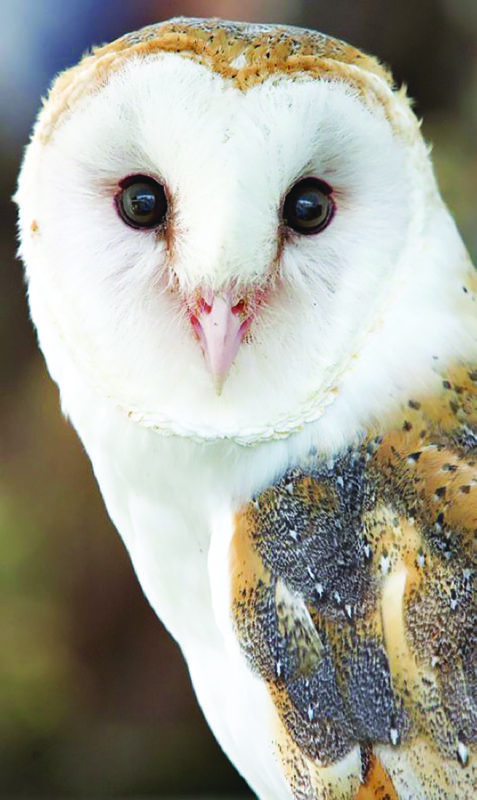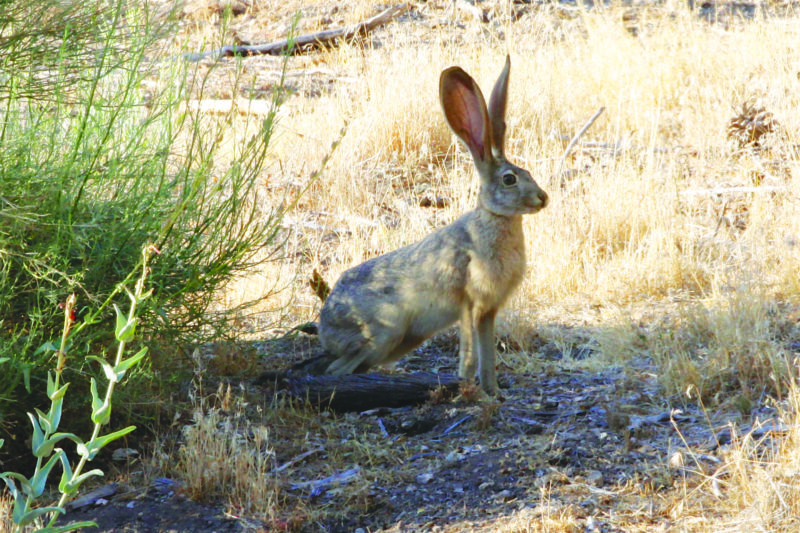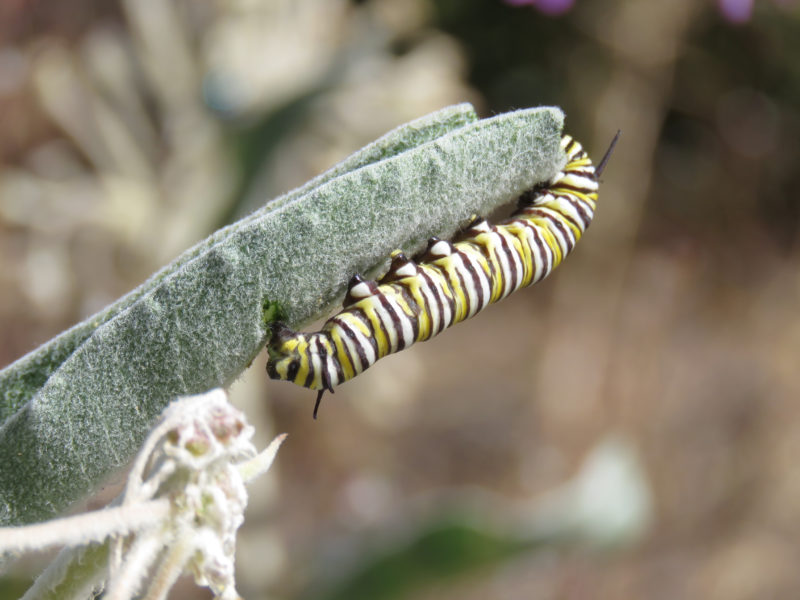The weather is getting warmer and the flowers are blooming — spring is here.
It’s the season where everything is growing and coming to life, even the animals, which means you’ll soon be spotting more and more animals here in the Santa Clarita Valley.
The typical animal’s breeding season is in the winter, so many will be having babies in the spring and summer months, according to Ranger Frank Hoffman, head ranger at the Placerita Canyon Nature Center.

Birds
You may have already noticed that there are a ton of birds out and about, said Dianne Erskine-Hellrigel, executive director and president of the Community Hiking Club.
And if you feed them, it’s a good time to put the feeders out, Erskine-Hellrigel said.
A lot of birds are either migrating through the area or simply enjoying the sunny weather, according to Hoffman, including tanagers, blackbirds, hummingbirds and orioles, as well as bigger birds like condors and hawks.
You’re also going to be seeing lots of owls and owlets, according to both Erskine-Hellrigel and Hoffman.
In this area, you can spot, great horned owls, barn owls and even some spotted owls in Placerita Canyon.
We are even lucky enough to sometimes be visited by migrating bald eagles in the Angeles National Forest above Sand Canyon, according to Erskine-Hellrigel.

Snakes
Snakes are also beginning to come out in full force as the weather warms, especially rattlesnakes, Hoffman said.
Fortunately, we’ll only be seeing one species of rattlesnake, specifically the Southern Pacific rattlesnake, according to Erskine-Hellrigel.
If they aren’t provoked or threatened, they will most likely retreat, as they aren’t generally aggressive, Erskine-Hellrigel and Hoffman said.

Bobcats
Although they are often confused with mountain lions, bobcats are smaller and more numerous, according to the California Department of Fish and Wildlife.
It’s almost time for bobcat kitten season, Erskine-Hellrigel said, which means we will start seeing more out and about.
They have to not only feed themselves and find a territory where they can hunt but also protect their young from predators like owls, eagles, foxes and even adult male bobcats, according to Fish and Wildlife.

Deer
There are also plenty of deer in the area, according to Hoffman.
In the spring, does leave their young unattended for hours at a time as they forage for food, so it is important to never assume it has been abandoned, according to Fish and Wildlife.
Mountain Lions
The No. 1 food source for a mountain lion is deer, so where there are deer, there are mountain lions, according to Fish and Wildlife.
Although mountain lions are seen year-round in this area, there will be more out and about during this time of year because they are also having kittens, according to Erskine-Hellrigel.

Coyotes
Coyotes are another animal that can be seen year-round, but because they will also be raising their pups in the spring and summer, they will need to find more and more food and may be spotted more often, Hoffman said.
Coyotes also play an important role in the ecosystem by helping keep the rodent populations under control, according to Fish and Wildlife.
It is important to never feed a coyote and cover garbage cans as to not attract them, and if you are feeding the birds, make sure to put bird feeders away to avoid attracting rodents or other coyote prey.
Bats
Bats will be migrating from high summits and elevations when it starts to get too cold to lower elevations where it’s warmer, Hoffman said.
They are doing a lot to rid the area of insects, and we only have insect eating bats here in the U.S., according to Hoffman.
There are also a large number of rabid bats in Santa Clarita, so be sure to leave them alone, Hoffman said.

Rabbits
There will also be a significant increase in Santa Clarita’s bunny population, because at the first sign of spring, breeding season begins and doesn’t end until late summer, said both Hoffman and Erskine-Hellrigel.
Fox
The grey fox is indigenous to this area, according to Hoffman.
They are the only canine that can partially retract their claws, which is why they are known to climb trees, Hoffman said.

Bears
Believe it or not, there are some bears who travel into the area from the nearby mountains, according to Hoffman.
Hoffman has seen evidence of bears at the nature center twice in his 25 years there.
Just last year, a black bear was spotted in a backyard in Stevenson Ranch and another was captured in Castaic, according to Fish and Wildlife.
It’s not the best habitat for them, so sightings are rare, but they are still here.

Bugs
With more flowers come more bugs. Yearly, you can see lots of bugs this time of year, according to Erskine-Hellrigel, but that will calm down as they are used for food by other animals.













